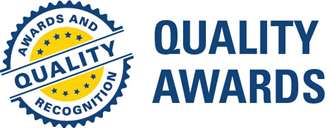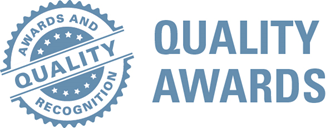

 Quality Awards
Quality Awards

The Curriculum for Cardiovascular Diseases Subspecialty Training Program at St. Luke’s University Health Network is designed to provide outstanding training in the evaluation and management of a wide variety of patients with acute and chronic cardiovascular diseases. The experiences obtained by cardiovascular disease fellows in this program allow them to acquire the competency and expertise of a specialist in the field of cardiovascular diseases.
During their training at St. Luke’s University Health Network Cardiovascular Subspecialty Training Program, the fellows are exposed to both intensive didactic instruction and substantial direct patient care experiences. This approach equips the cardiovascular fellow with the intellectual and technical skills to diagnose and care for the entire spectrum of cardiovascular diseases from acute and chronic coronary artery disease to acute and chronic heart failure, cardiac arrhythmias, lipid disorders, hypertension, cardiomyopathy, valvular heart disease, pulmonary heart disease, peripheral vascular disease, infectious and inflammatory heart disease, pericardial diseases and adult congenital heart disease.
For the first year fellow, the educational rotations consist of:
| 4 Week Rotation | 13 Rotations |
| 3 | Echocardiography |
| 2 | Cardiac catheterization and coronary angiography |
| 1 | Arrhythmia and electrophysiology |
| 1 | Advanced non-invasive cardiac imaging (nuclear, CMR, CCTA) |
| 4 | In-patient cardiology/cardiac consultation service |
| 1 | Research |
At the conclusion of the first year of training, the fellows are expected to have made provisional decisions regarding their future careers such that the remaining two years of training are more flexibly scheduled in order to provide adequate experience in the areas of interest after fulfilling the minimum requirements for board eligibility as defined by the American Board of Medical Specialties.
These requirements are defined as a minimum of: